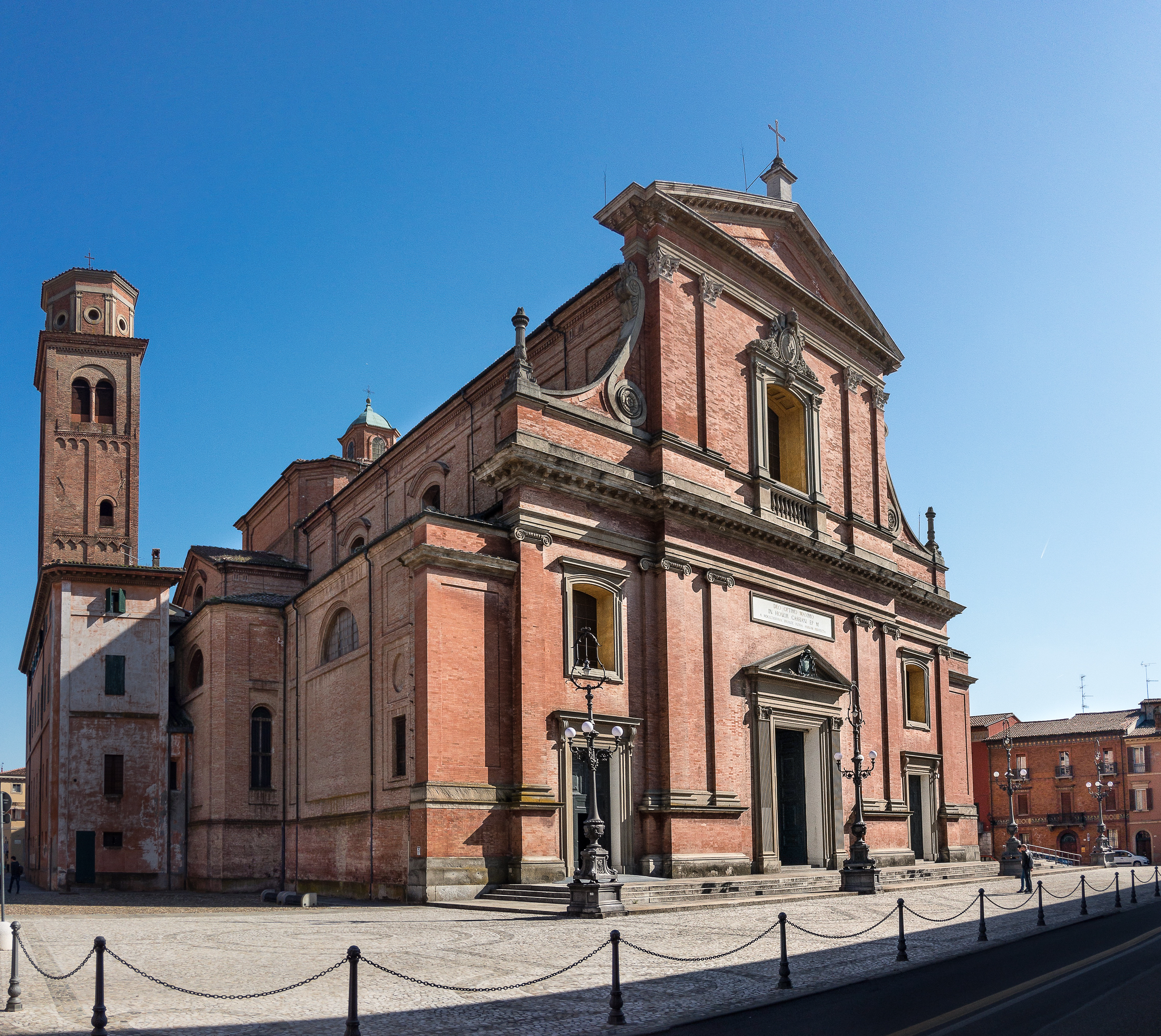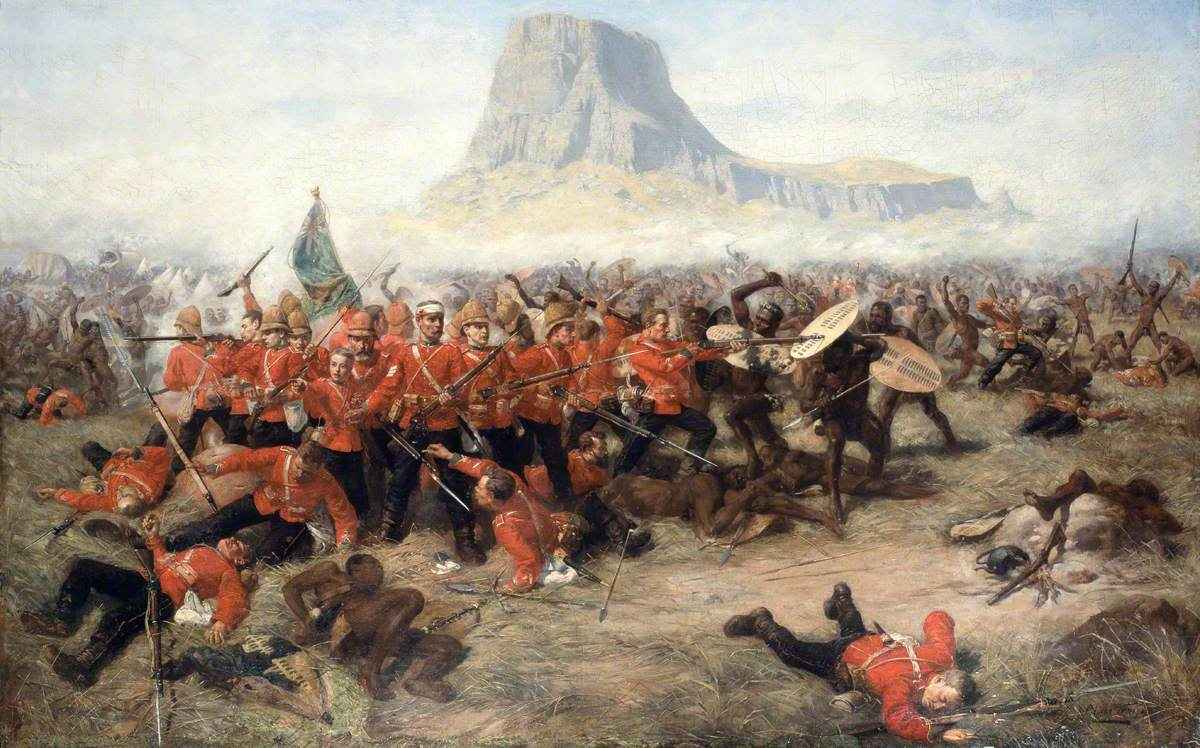|
Angelo Zanelli
Angelo Zanelli (1879–1942) was an Italian sculptor. Biography Angelo Zanelli was born in 1879, at San Felice del Benaco, near Brescia. In 1904 he moved to Rome, where he met Felice Carena. He won the contract for the realisation of sculptures in the large Monument to Vittorio Emanuele II in the same city, to which he worked until 1925. They include the tomb of the Unknown Soldier and the statue of the Goddess Rome. He usually worked for public commissions, also abroad. Zanelli's students included Hazel Brill Jackson. Selected works *Sculptures of the Monument to Vittorio Emanuele II (1925), Rome *Monument to the Victims of World War I, Imola (1928) *"Statue of the Republic" (1929), El Capitolio, Havana Havana (; ) is the capital and largest city of Cuba. The heart of La Habana Province, Havana is the country's main port and commercial center. [...More Info...] [...Related Items...] OR: [Wikipedia] [Google] [Baidu] |
San Felice Del Benaco
San Felice del Benaco ( Gardesano: ) is a ''comune'' in the province of Brescia, in Lombardy, northern Italy. The name derives most likely from the Latin ''sinus felix'', meaning "pleasant harbour". It is located on the western shore of the Lake Garda. The Isola del Garda, the largest island in the lake, is part of the municipality of San Felice. It is bounded by the municipalities of Salò Salò (; ) is a town and ''comune'' in the Province of Brescia in the region of Lombardy (northern Italy) on the banks of Lake Garda, on which it has the longest promenade. The city was the Governance#Seat of government, seat of government of th ..., Puegnago sul Garda and Manerba del Garda. Main sights *Sanctuary of the Madonna del Carmine, dating from the 15th century. It is a late example of Lombard Gothic architecture. *Parish church (1740–1781). It houses frescoes by Carlo Innocenzo Carloni. *Remains of the castle. *Church of ''San Fermo'' (15th century), at Portese. *Remains of ... [...More Info...] [...Related Items...] OR: [Wikipedia] [Google] [Baidu] |
Brescia
Brescia (, ; ; or ; ) is a city and (municipality) in the region of Lombardy, in Italy. It is situated at the foot of the Alps, a few kilometers from the lakes Lake Garda, Garda and Lake Iseo, Iseo. With a population of 199,949, it is the second largest city in Lombardy and the fourth largest in northwest Italy. The urban area of Brescia extends beyond the administrative city limits and has a population of 672,822, while over 1.5 million people live in its metropolitan area. The city is the administrative capital of the Province of Brescia, one of the largest in Italy, with over 1.2 million inhabitants. Founded over 3,200 years ago, Brescia (in antiquity Brixia) has been an important regional centre since pre-Roman times. Its old town contains the best-preserved Ancient Rome, Roman public buildings in northern Italy and numerous monuments, among these the medieval castle, the Old Cathedral, Brescia, Old and New Cathedral, Brescia, New cathedral, the Renaissance ''Piazza ... [...More Info...] [...Related Items...] OR: [Wikipedia] [Google] [Baidu] |
Felice Carena
Felice Carena (13 August 1879 – 10 June 1966) was an Art in Italy, Italian painter. Biography Born at Cumiana, he studied in Turin's Accademia Albertina, where he attended Symbolism (movement), symbolist poets such as Arturo Graf and Giovanni Cena. In 1906 he moved to Rome and in 1912 he exhibited his works at the Biennale di Venezia. In 1913–1915 he began to be influenced by the style of Cézanne and Matisse; in the World War I period Carena lived in Anticoli Corrado, a hamlet outside Rome. In 1922 he created an art school in Rome and, two years later, he began to teach at the Florence Academy. In 1945 he moved to Venice, where he lived for the rest of his life. Painters who studied under Carena include Giuseppe Capogrossi. External linksBiography at Anticoli Corrado museum website A tribute to Felice Carena with photos and last exhibition {{DEFAULTSORT:Carena, Felice 1879 births 1966 deaths Burials at Isola di San Michele People from the Metropolitan City of Tur ... [...More Info...] [...Related Items...] OR: [Wikipedia] [Google] [Baidu] |
Monument To Vittorio Emanuele II
The Victor Emmanuel II National Monument (), also known as the Vittoriano or for synecdoche Altare della Patria ("Altar of the Fatherland"), is a large national monument built between 1885 and 1935 to honour Victor Emmanuel II, the first king of a unified Italy, in Rome, Italy. It occupies a site between the Piazza Venezia and the Capitoline Hill. The monument was realized by Giuseppe Sacconi. From an architectural perspective, it was conceived as a modern '' forum'', an agora on three levels connected by stairways and dominated by a portico characterized by a colonnade. The complex process of national unity and liberation from foreign domination carried out by King Victor Emmanuel II of Savoy, to whom the monument is dedicated, has a great symbolic and representative value, being architecturally and artistically centred on the unification of Italy—for this reason the Vittoriano is considered one of the national symbols of Italy. It also preserves the Altar of the F ... [...More Info...] [...Related Items...] OR: [Wikipedia] [Google] [Baidu] |
Hazel Brill Jackson
Hazel Brill Jackson (1894 – 1991) was an American sculptor. She was known for her bronze statues of animals, specifically horses and dogs. Jackson also worked in engraving and drawing. Early life and education Hazel Brill Jackson was born on December 15, 1894, in Philadelphia, Pennsylvania. Her parents were Lizabeth Lee Stone and William Henry Jackson. She attended classes at the School of the Museum of Fine Arts in Boston (now School of the Museum of Fine Arts at Tufts), and at Scuola Rosati in Florence, Italy. Jackson also studied under American sculptors Bela Pratt, and Charles Grafly, and in Rome, Italy under sculptor Angelo Zanelli. Career While living in Rome she would visit the Bioparco di Roma zoo for inspiration. In 1934, she cast Benito Mussolini's horse Ned in bronze, for her work titled "Ned". She wasn't a supporter of Mussolini's politics, and she chose this specific horse after seeing him in a parade. It took her months to have permission to cast. The Newb ... [...More Info...] [...Related Items...] OR: [Wikipedia] [Google] [Baidu] |
Imola
Imola (; or ) is a city and ''comune'' in the Metropolitan City of Bologna, located on the river Santerno, in the Emilia-Romagna region of northern Italy. The city is traditionally considered the western entrance to the historical region Romagna. The city is best-known as the home of the Autodromo Enzo e Dino Ferrari which hosts the Formula One Emilia Romagna Grand Prix and formerly hosted the San Marino Grand Prix, named after the independent nation of San Marino around 100 km to the south. History Sometime around 82 Common Era, BCE, the Roman dictator L. Cornelius Sulla founded the city, which was originally known eponymously in ancient times as ''Forum Cornelii'' ("Forum of Cornelius"). The city was an agricultural and trading centre, famous for its ceramics (art), ceramics. The name Imola was first used in the 7th century by the Lombards, who applied it to the fortress (the present Castellaccio, the construction of which is attributed to the Lombard Clefi), whence the ... [...More Info...] [...Related Items...] OR: [Wikipedia] [Google] [Baidu] |
El Capitolio
The National Capitol of Cuba, also known as ''Capitolio Nacional de La Habana (National Capitol of La Habana)'', and often simply referred to as ''El Capitolio'' ''(The Capitol)'', is a public edifice in Havana, the capital of Cuba. The building was commissioned by Cuban president Gerardo Machado and built from 1926 to 1929 under the direction of Eugenio Rayneri Piedra. History The Havana Capitol building was built on land that was a railroad terminal and used to belong to the Villanueva Railway. The project began in April 1926, during the Gerardo Machado administration. Construction was overseen by the U.S. firm of Purdy and Henderson. "El Capitolio" is 207 meters long and 91 meters wide. Although its design is often compared to the United States Capitol, it is not a replica. finish its construction they needed more than 5000 workers, 3 years, 3 months and 20 days; as well as approximately 17 million American dollars". Completed in 1929, it was the tallest building in Hav ... [...More Info...] [...Related Items...] OR: [Wikipedia] [Google] [Baidu] |
Havana
Havana (; ) is the capital and largest city of Cuba. The heart of La Habana Province, Havana is the country's main port and commercial center.Cuba ''The World Factbook''. Central Intelligence Agency. It is the most populous city, the largest by area, and the List of metropolitan areas in the West Indies, second largest metropolitan area in the Caribbean region. The population in 2012 was 2,106,146 inhabitants, and its area is for the capital city side and 8,475.57 km2 for the metropolitan zone. Its official population was 1,814,207 inhabitants in 2023. Havana was founded by the Spanish Empire, Spanish in the 16th century. It served as a springboard for the Spanish colonization of the Americas, Spanish conquest of ... [...More Info...] [...Related Items...] OR: [Wikipedia] [Google] [Baidu] |
1879 Births
Events January * January 1 ** The Specie Resumption Act takes effect. The United States Note is valued the same as gold, for the first time since the American Civil War. ** Brahms' Violin Concerto is premiered in Leipzig with Joseph Joachim as soloist and the composer conducting. * January 11 – The Anglo-Zulu War begins. * January 22 – Anglo-Zulu War – Battle of Isandlwana: A force of 1,200 British soldiers is wiped out by over 20,000 Zulu warriors. * January 23 – Anglo-Zulu War – Battle of Rorke's Drift: Following the previous day's defeat, a smaller British force of 140 successfully repels an attack by 4,000 Zulus. February * February 3 – Mosley Street in Newcastle upon Tyne (England) becomes the world's first public highway to be lit by the electric incandescent light bulb invented by Joseph Swan. * February 8 – At a meeting of the Royal Canadian Institute, engineer and inventor Sandford Fleming first proposes the global ... [...More Info...] [...Related Items...] OR: [Wikipedia] [Google] [Baidu] |
1942 Deaths
The Uppsala Conflict Data Program project estimates this to be the deadliest year in human history in terms of conflict deaths, placing the death toll at 4.62 million. However, the Correlates of War estimates that the prior year, 1941, was the deadliest such year. Death toll estimates for both 1941 and 1942 range from 2.28 to 7.71 million each. Events Below, the events of World War II have the "WWII" prefix. January * January 1 – WWII: The Declaration by United Nations is signed by China, the United Kingdom, the United States, the Soviet Union, and 22 other nations, in which they agree "not to make any separate peace with the Axis powers". * January 5 – WWII: Two prisoners, British officer Airey Neave and Dutch officer Anthony Luteyn, escape from Colditz Castle in Germany. After travelling for three days, they reach the Swiss border. * January 7 – WWII: ** Battle of Slim River: Japanese forces of the 5th Division, supported by tanks, sweep through ... [...More Info...] [...Related Items...] OR: [Wikipedia] [Google] [Baidu] |







